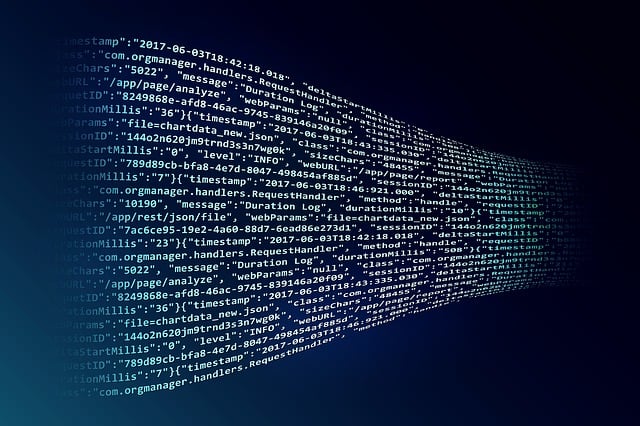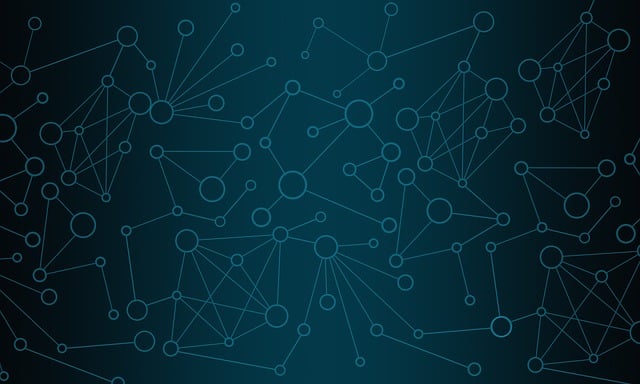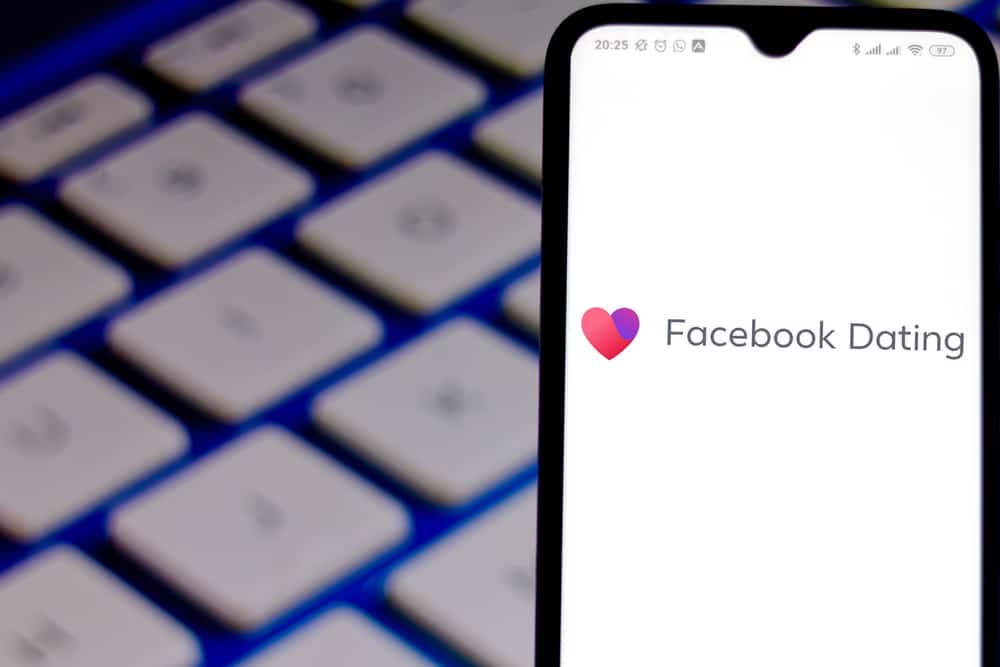Dark Web Scan: What Is It & How to Perform One?
Michelle Wilson - May 12, 2022
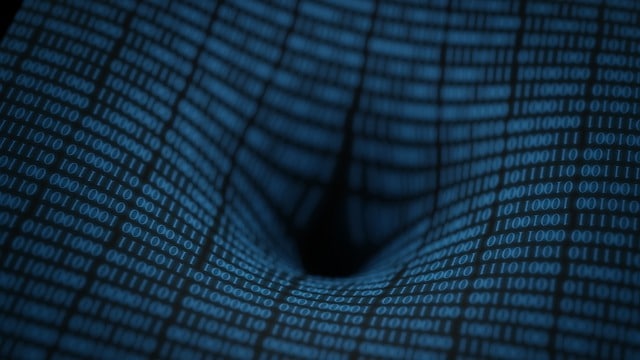
The dark web scan is a service offered by many different companies that scan through the dark web, combing through extensive databases of stolen Social Security numbers, credit card numbers, usernames, and passwords for sale. Many providers of these scans will notify individuals if they find personal details attached to the individual’s information. While there’s no available way to remove personal data from the dark web, knowing the exposed information can help protect people from further exposure, including preventative measures against identity theft.
Table of Contents
What is the Dark Web?
The dark web is a network of different platforms that users can’t access through traditional search engines. The sites on the dark web will use encryption software to hide their physical locations. A large portion of the dark web is committed to buying and selling stolen personal and financial information. Should your information end up on the dark web, there’s a chance that an identity thief could gain access to it.
A criminal accessing this information might use the details to make illegal purchases, access credit card data, take out new cards, or access loans. Many applications only require the individual’s name and Social Security number, making theft easier than many anticipate.
Important Consideration of the Dark Web
It’s critical to recognize that the dark web is significantly different than the deep web. Content on the deep web is also restricted. Still, it includes personal information like a company’s private database, online banking details, health insurance portals, and other accounts requiring personalized credentials to access.
What Information is Found on the Dark Web?
While all personal information is found on the dark web, some details are commonly bought and sold on the dark web. These details typically include credit card and debit card account details, log-in details for PayPal or Zelle, Social Security numbers, driver’s licenses, passports, and medical records.
Pricing for these documents can vary significantly; while some criminals might pay $1 for stolen Social Security numbers, others may purchase PayPal accounts for significantly more. Credit cards are often cheap to buy, fetching a price tag of $5 to $110 for access. Although fraudsters will pay varying amounts for different pieces of information, they can purchase anything they want from the dark web, including your personal information.
Understanding the Different Layers of the Internet

The internet contains plenty of different layers on the web, varying by levels of access. There are three basic layers to the internet: the public web, the deep web, and the dark web.
The Public Web
Most web users spend their time surfing through the top layer of the net. This layer is the standard level of internet browsing, commonly found with primary search engines like Google. The public web shows you shopping platforms, news sites, blogs, and other common domains.
All activity is tracked and linked to an IP address on this browser. This information shares your physical location and further minor details of your browsing. While most websites relate to the public web, it’s only a tiny portion of the internet.
The Deep Web
Information available online outside of public access is the deep web content. This portion is significant overall, with a large amount of the internet occupying this area. While the description sounds suspicious, it’s a tame place. In fact, most internet users access the deep web without realizing it.
The deep web currently makes up 90% of all internet content. Any website that doesn’t appear on search engines classifies as deep web content, although they’re not publicly accessible. These pages include employee access, student portals, and account pages.
The Dark Web
This area of the internet is the deepest lay you can reach. Unlike the deep web, the dark web is home to plenty of criminal activity and illegal transactions. The area functions as a network of hidden websites, allowing users to mask their identity and location. The most significant difference between normal internet browsing and the dark web is the tracking of IP addresses.
Essentially, visiting public domains will record what the user is doing and the individual’s physical location. All information communicates to various servers the entire time you’re browsing the public web.
While tracking people on the dark web is possible, it’s time-consuming and difficult. On the dark web, users frequent the websites anonymously. There are no records of your location nor any communication with servers. All platforms circle through multiple encrypted connections, preventing traceback to an IP address. When visiting the dark web, data isn’t searchable by internet service providers and authorities.
The Dark Web Components
Dark web browsing isn’t always straightforward as regular searching online. A few tools are available to help guide your journey, including search engines and forums. These tools can help you find reliable dark websites but will require a browser to visit them.
All dark web browsers will direct browser traffic through the Tor network. As the traffic passes through Tor, it’s automatically encrypted and bounced between at least three different relay points. These relay points (known as nodes) will keep the data origin obscure, making it difficult for anyone to find your IP address. Unfortunately, this level of security can also slow down online browsing to a crawl (even when using high-speed internet access.)
The Impact of the Dark Web on Society
You may believe that the dark web has nothing to do with you, mainly if you only browse the internet for social media and email. Unfortunately, having nothing to do with the dark web directly doesn’t absolve you from the potential harm it can pose to victims. Your information could still end up on the dark web, even if you’re not directly accessing the data. In other words, you don’t need to be doing anything illegal to have your information at risk.
Should your information become compromised in a data breach, criminals could sell it to someone through the dark web. The individual using the stolen information isn’t the person responsible for the theft. Once the information is available on the dark web, multiple users can purchase the information anonymously.
How Does a Dark Web Scan Work?
A dark web scan scours collections of stolen personal information and will alert you if details are found online. Should your details show on the dark web, appropriate steps can mitigate damage.
It’s important to remember that dark web scans can’t find every possible thing, and there is no single company that can uncover everything on the dark web. Scans can reveal multiple items when your data is exposed, but they can’t find all information that malicious actors didn’t disclose in data breaches. For example, if any forms or paper documents containing sensitive details are often unprotected and exposed, your home or office won’t show in the results.
Can I find a Scan of the Dark Web for Free?
Many cybersecurity services offer dark web scans, especially if you believe hackers exposed your financial information. These companies will offer a web scan to alleviate or confirm your fears.
How to Perform a Dark Web Scan?
A dark web scan is available through background check companies, combing through large databases of stolen information. Providers will notify you of any online personal information, giving you the upper hand on potential identity theft. Although there’s no way to remove information from the dark web, knowing your information is exposed can mitigate possible loss in the future.
Dark web scans will scour the collections of stolen details and alert the user if any results appear. Although many dark web scans are thorough, they can’t discover every potential risk online. Ordering a dark web scan is the safest option for inexperienced users, especially when trying to find personal information.
Accessing the Dark Web

While the dark web is home to plenty of criminal activity, it’s not difficult to access. Virtually anyone can visit the network using a routing server called “Tor.” This server keeps all activity internal instead of sharing the information with external servers. This action keeps all activity private, making it difficult to pin a user to a physical location.
How to Access the Dark Web
The easiest and safest way to access the dark web is through the Tor network. Before jumping into the network, users should always use a VPN and then log in using a practice known as Tor-over-VPN. Most internet service providers are highly suspicious of Tor use, which the VPN offsets during use. A VPN will also hide your internet activity and prevent anyone from knowing you’re using Tor on the device. Inexperienced users should avoid the dark web whenever possible. Due to the highly unregulated content, the topics and accessibility are often overwhelming for most people. If you’re committed to viewing everything the dark web has to offer, here’s how to log on:
Connect to a Safe and Reliable VPN
Before accessing the Tor network, always connect your IP address and encrypt all internet connections. A VPN will prevent your ISP from knowing you’re downloading and using a Tor browser.
Download and Install Tor Browser
The Tor browser routes your traffic through an encrypted network of VPN servers. It’s free to use and install, but always exercise caution when downloading. Many unlicensed third-party downloads bundle these downloads with malware. As such, only download the software from the official Tor Project website.
Browse the Dark Web in the Browser
The Tor browser will let you access all .onion domains on the dark web. As the dark web is grossly unregulated, never visit a dark website without confirming a platform’s authenticity.
Seriously Protect Your Identity
While a dark website isn’t always dangerous, many scams exist on the browser. If communicating or making purchases over the dark web, use anonymous email addresses and pay with anonymous currency. Most websites operate with cryptocurrency wallets that will protect your identity online.
Stay Anonymous
Although it may seem like a friendly place, it’s important to withhold any personal information, including the location, from anyone on the dark web. Many criminals will hideout on the dark web, waiting for unsuspecting victims. After luring them into conversations, many malicious actors use these details for illegal or questionable reasons.
What is Dark Web Monitoring?
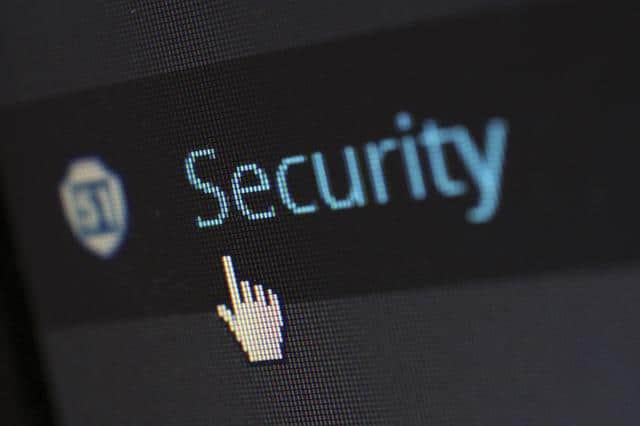
Dark web monitoring is similar to a scan but continually. The monitoring holds a consistent scan, highlighting any compromised information. Most companies will offer free alerts for dark web monitoring if they discover your information.
What To Do If Your Information is Found on a Dark Web Scan
Ordering a dark web scan is intimidating, especially when your report shows your financial information or personal details are currently for sale. Although your first instinct might be to panic, there are actionable steps you can take to minimize the damage overall.
Here are a few steps you can take to help safeguard your information when your search results come back positive:
Change Your Passwords Immediately
All security experts recommend changing your passwords anytime you discover your personal information is exposed online. Avoid using the same passwords across multiple websites, and always make sure your passwords are difficult to guess or complex. The more complicated the password, the less likely a criminal or thief will get into the account. Stick with passwords that contain plenty of letters, numbers, and symbols.
Immediately Notify Your Financial Service Provider
Should a scan reveal that your credit card or bank account information is available on the dark web, contact your financial services companies immediately. These institutions include current banks and credit card companies, especially if they have available funds. Many financial institutions will recommend closing the account to safeguard your information and opening new accounts in their place. A few financial institutions will refer the account to a fraud specialist, protecting your assets further.
Always Monitor Credit Card Statements
Study all credit card statements carefully and monitor the account for suspicious purchases. If you notice any fraudulent charges, contact your financial provider immediately. Many companies will remove consumer liability when consumers reach their financial institution promptly after the charges are made. Always report fraud quickly, as the longer the account is open, the more damage a criminal can cause. According to the Fair Credit Billing Act, any suspicious activity should report within 60 days of action.
If unauthorized transactions appear on the account, ask the financial company for a new account number and credit card.
Monitor Your Information Through Credit Reports
If you discover your information on the dark web, you’ll want to monitor all three credit bureaus. These bureaus include TransUnion, Equifax, and Experian, which track all credit activity of an individual. Look for any new accounts fraudulently opened in your name.
All credit reporting agencies allow one free copy of your report per year, requested at AnnualCreditReport.com. When ordering these reports, scan them carefully for credit cards, utilities, or other loans that malicious actors may have opened.
Report All Suspicious Activity to Credit Bureaus
Should you find any suspicious activity on your credit report, contact the reporting agency immediately to report the details. Likewise, always contact the issuing company and explain you are a victim of identity theft. Additionally, it’s always good to inform the instance to the FTC or commission.
Freeze Your Credit
When you suspect you’ve been a victim of identity theft, consider freezing your credit. Doing this will always prevent cybercriminals from opening new accounts or taking out new financial products in your name. Freezing your credit is always free, but you’ll need to complete this step with all three credit bureaus. Make sure you meet this with TransUnion, Equifax, and Experian.
How to Protect Your Information from the Dark Web

Keeping yourself safe online isn’t as overwhelming as you’d probably expect. Although no one likes to consider themselves a potential risk for identity theft, countless people fall victim to this crime every year. Many threats can minimize with a few simple security measures. Despite the protective action you can take after your information flags on the dark web, it’s always easier to prevent access to sensitive information than try and salvage whatever pieces of your identity are available online. To help get you started, here are four tips to keep in mind when browsing online:
Use a Password Manager
Your password is the key to protecting you from malicious use and redistribution, yet many people opt for something easier to remember. Look for a password manager to keep your accounts safe from prying eyes without having to recall sixteen different combinations and codes. Password managers like True Key, Zoho Vault, or Keeper generate unique, encrypted passwords for every site you need access to. Many different password managers are available, but virtually every program will eliminate password reuse or simplicity issues.
Use a password manager in combination with other security steps, like two-factor authentication. If you’d like to avoid using an automated program, always choose passwords with at least eight characters (preferably 12 or more). You’ll want to incorporate capital and lowercase letters, numbers, and special symbols. Only use a password once, avoiding different combinations of the code. Never store passwords on a mobile device or PC—hacking the system will give them access to every account and piece of information needed to sell your identity online.
Always Remain Proactive
Allocate part of your monthly budget to external identity monitoring and credential systems to mitigate your risk of a data breach. Most companies don’t realize they’ve been breached until it’s too late. Many criminals can sit on a data breach for 12 to 18 months before exploiting the information. This delay gives time for your data to circulate clandestinely. Occasionally, criminals may sell or share breached data on the dark web without acting on it, allowing companies to find the material before use.
Protect an Employee’s Personal Account
A cybercriminal may access company networks using the same password associated with personal emails or social media. Most people will use the same password across multiple accounts, making hacking attempts particularly dangerous. Always extend security protections to an employee account, lessening the risk of password reuse and the damage it holds. Consider raising the protection to any account or network within the employee’s household for larger corporations.
Most individuals will use the same password combination across multiple aspects of their identity. The same password will work for personal emails, social media, work content, etc. Essentially, knowing one exposure could potentially ripple into other areas of their life. When a customer or staff member has compromised log-ins, they can access the system entirely.
Try to Automate Account Takeover Prevention
Remove the choice from password and account creation by automating the entire process. This automation includes scanning the web for any credentials, comparing any credentials against compromised material, and ongoing monitoring for account creation. Using automation like SpyCloud’s ATO Prevention software can ensure your protection activities are current, constant, and chronic.
Any leveraged technology should build into the environment and automate the process. If aspects rely on human interaction, it’s more likely to be pushed back or set aside.
Conclusion
The dark web isn’t accessible through standard search engines and browsers, offering a completely anonymous experience. The internet exists in total darkness, using overlay networks that require specific networks and configurations to function. With its entirely anonymous nature, the dark web is a breeding ground for illegal and criminal activities, making it a dangerous place to find your personal information. By safeguarding your online activities, you’ll lessen the chance of having your financial or personal identity stolen. Monitoring your details on the dark web is an essential and critical component of online safety, with many companies offering comprehensive scanning through an otherwise anonymous browsing experience.
Make all purchases securely online, avoiding websites you’re unsure of. Never give your account details to anyone, even if they’re claiming to be part of the company. If you notice anything suspicious on credit card statements, report them immediately. By remaining aware and alert online, you’ll lessen the risk of account compromise and lower the probability of becoming a victim of identity theft.



